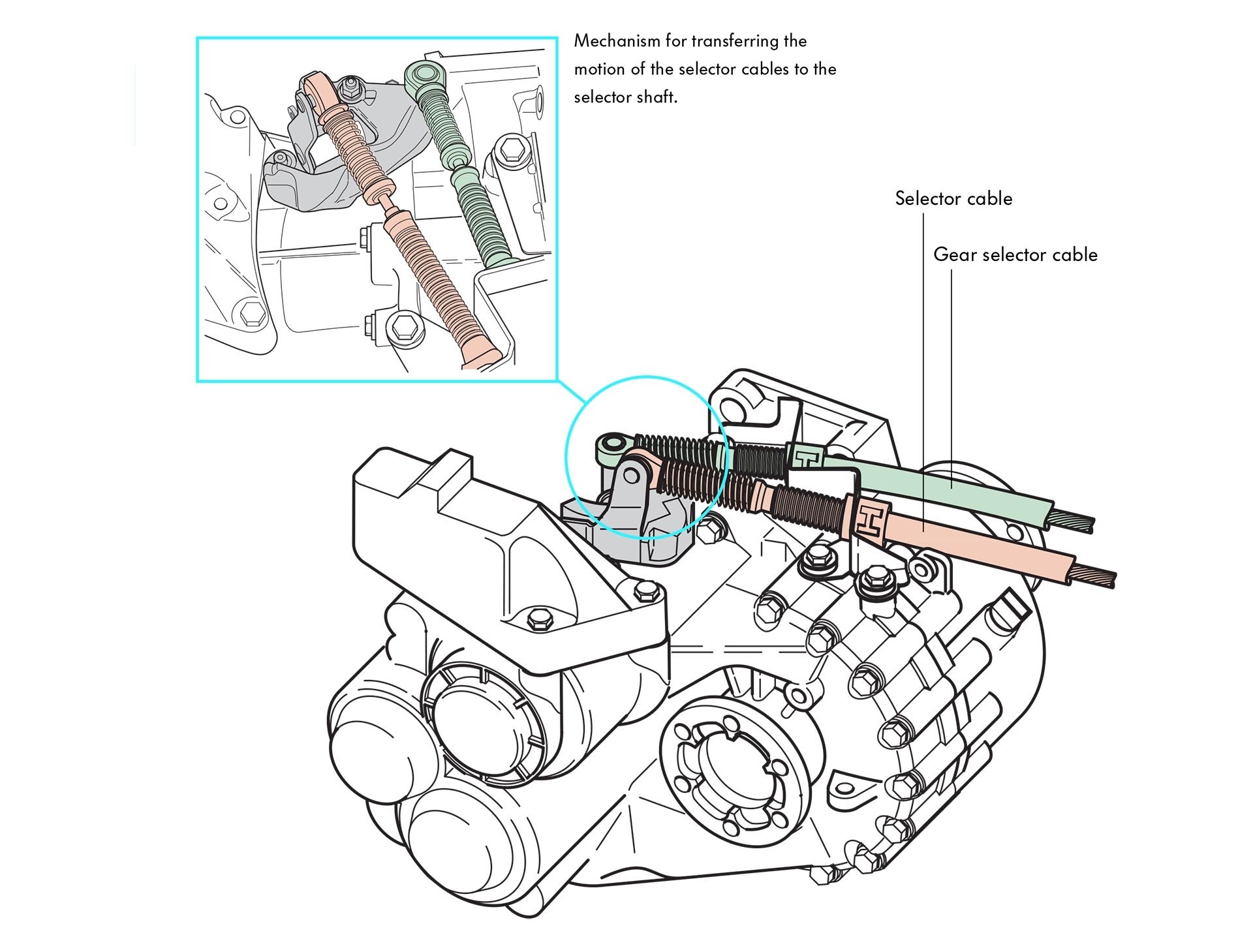The enduring appeal of manual transmissions continues to resonate with driving enthusiasts, particularly in iconic models like the Volkswagen GTI and Golf R. While automatic transmissions have become increasingly prevalent, the engaging experience of a manual gearbox remains a key selling point for these performance vehicles. This article delves into the specifics of the Volkswagen MQ350 family of 6-speed manual transmissions, focusing on the O2m Transmission and its successors, the O2Q and OFB. We’ll explore their design, common issues, maintenance, and performance upgrades.
The Evolution of Volkswagen’s 6-Speed Manual: 02M, 02Q, and 0FB
Volkswagen and Audi have employed variations of the 6-speed manual in their transverse platform vehicles since the early 2000s. The O2M transmission, initially introduced in the Mk1 Audi TT Quattro, paved the way for this family of gearboxes. Subsequently adopted by Volkswagen in the 2002 GTI and GLI models, the O2M marked a shift towards sportier driving dynamics.
With the advent of the Mk5 platform and direct-injection engines in 2006, the O2Q transmission emerged. This updated gearbox continued to be utilized in subsequent platforms, including the MQB. For the MQB platform, the O2Q received further refinements and reinforcements, resulting in the 0FB designation, found in higher-output models like the Golf R. While often referred to individually as 02M, 02Q, or 0FB, they all fall under the broader MQ350 classification.
VW 02M Gearbox: Design and Functionality
The O2M is a compact gearbox engineered for sporty performance and efficiency within a confined space. Its innovative design, featuring a split output shaft, allowed for a 6-speed configuration without requiring significant modifications to the existing 5-speed transmission housing.
Like other contemporary manual transmissions from VW and Audi, the O2M utilizes a cable-shifted mechanism and a hydraulically actuated clutch. Although minor refinements have been implemented over time, the core design principles of the O2M remain largely unchanged. Available in both front-wheel drive and all-wheel drive configurations, the O2M features a 240mm flywheel and clutch assembly, with either a 6-bolt or 10-bolt design depending on the engine.
The VW 02Q and 0FB: Refinements and Improvements
The O2Q transmission, while fundamentally similar to the O2M, introduced key improvements. These include a shift from taper bearings to ball bearings on the input shaft, modifications to the bellhousing, and the addition of an access window for easier input shaft adjustments. Later 02Q models also incorporated more robust one-piece steel shift forks, enhancing durability and shift feel.
The 0FB, found in the Mk7 Golf R, builds upon the 02Q with further refinements to the bellhousing and the inclusion of a bonded plastic shim on the clutch release bearing. These changes contribute to smoother clutch disengagement and overall improved performance.
Common Issues and Maintenance of the O2M Transmission Family
While generally robust, the O2M, O2Q, and 0FB transmissions can experience certain problems. Common issues include clutch wear, particularly in 2.0t TSI engines, worn synchros, bent shift forks (more common in early 02M and 02Q), and excessive input shaft play. Regular maintenance, including using the correct GL4 specification gear oil and adhering to a 50,000-mile service interval, is crucial for longevity.
Performance Upgrades for the Enthusiast
A wide array of performance upgrades caters to enhancing the O2M transmission family. These range from simple shifter bushing upgrades for a more precise feel to short-throw shifters for quicker gear changes. Aftermarket clutch kits, limited-slip differentials, and even reinforced gear sets cater to higher power outputs and more demanding driving styles.
Conclusion: The Legacy of the O2M Lineage
The O2M transmission and its successors have played a significant role in establishing the Volkswagen GTI and Golf R as driver’s cars. Their robust design, combined with a wide range of available upgrades, ensures that the enjoyment of a manual transmission continues to thrive in the modern automotive landscape.

